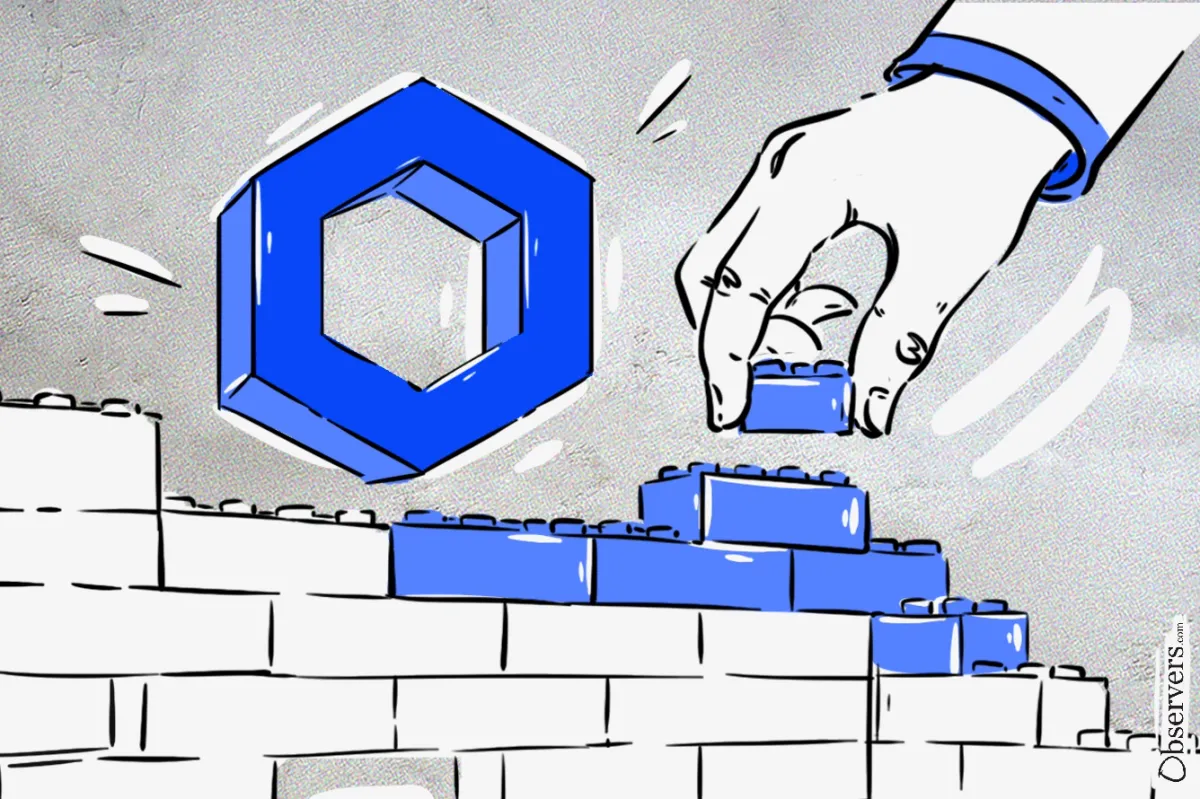
Chainlink recently unveiled the Chainlink Runtime Environment (CRE) during the community's SmartCon conference in Hong Kong, marking a significant upgrade to its platform. According to the company, CRE is designed to scale Chainlink across thousands of blockchains, meet the increasing demand from financial institutions, and simplify blockchain development significantly.
Sergey Nazarov, the founder of Chainlink, envisions CRE becoming as influential for Web3 as the COBOL and JavaScript programming languages were for automating finance and integrating it with the internet. Historically, these programming languages were revolutionary: by 2011, over 80% of electronic trading applications operated on Java, while COBOL currently powers 95% of ATM transactions and 80% of in-person banking transactions.
Chainlink aims to be the next step in this technological evolution, aspiring to become a market leader in powering both DeFi and TradFi smart contracts. Similar to how the Java Runtime Environment streamlined Java application development, CRE simplifies the creation of decentralized applications by providing a unified environment across all blockchains.
At its core, CRE is a computing environment that allows code to interconnect all blockchains, Oracle networks, existing APIs, messaging systems, and payment systems into a single application. This innovation reduces development time from months or weeks to mere days or hours, enabling developers to work within a single codebase.
With the introduction of CRE, Chainlink is transitioning to a modular architecture. The Chainlink node software, responsible for managing decentralized oracle networks (DONs), is being divided into distinct, modular capabilities, each secured by independent DONs. Developers can seamlessly combine these capabilities into executable workflows that run within the newly developed Chainlink Runtime Environment.
Consequently, the network will be segmented into smaller, purpose-specific components, akin to Lego pieces, which developers can assemble to create tailored workflows and applications. This modular approach enables the development of more powerful applications, including financial applications that engage with capital markets, incorporate compliance policies, and manage sensitive data privately.
Private computations and transactions within this environment should make Web3 more attractive to traditional finance. Chainlink is already leveraging this technology to assist Web2 businesses in transitioning on-chain.
Chainlink has recently accelerated its ecosystem’s development, introducing several major updates besides CRE. The project has made significant strides on the Solana network and integrated Chainlink Data Streams into GMX. Furthermore, it has announced an integration with TRON, where Chainlink Data Feeds will soon serve as the official data oracle solution.
It will be interesting to see how these new updates impact the adoption of Chainlink technology and whether Chainlink can spark another revolution, reminiscent of its pivotal role in popularizing oracles at a time when half of the crypto space did not even understand their necessity.

